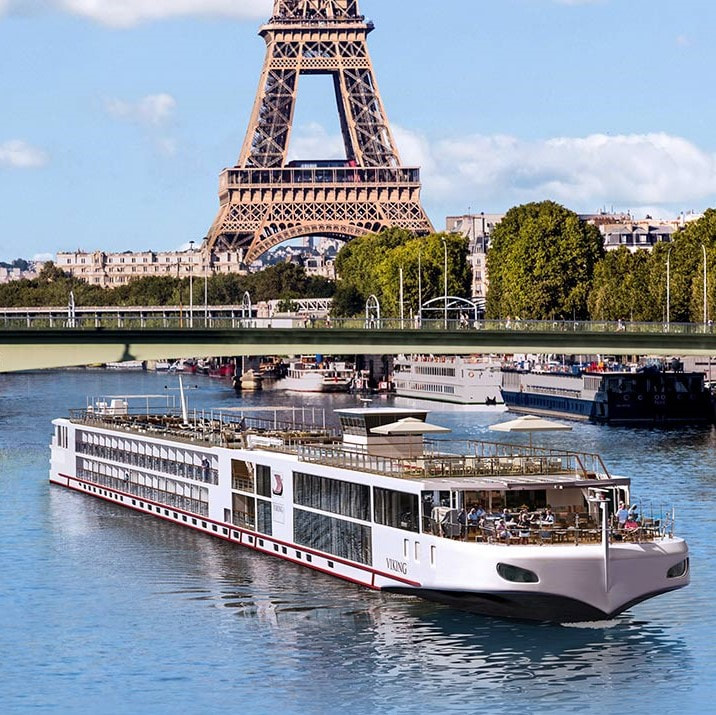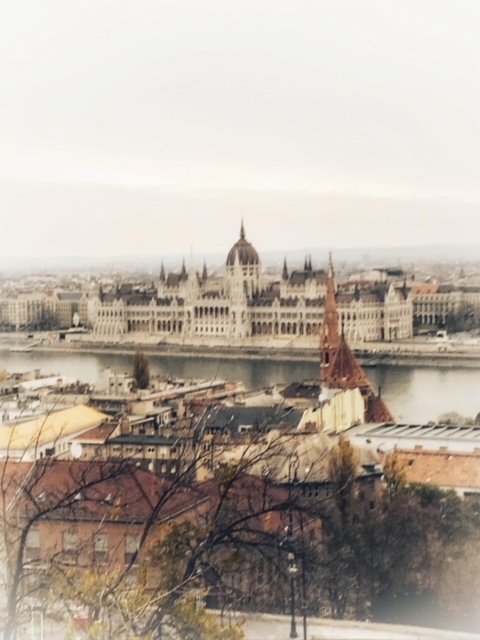
Vienna today is robed in 18th-century charm and 19th-century grandeur. Its old-world ambience comes not only from its rich cultural traditions, but also from the history of its architecture. The Viennese invented the cafe society, and they continue to perfect the art of sophisticated relaxation.
Spend some time visiting a Vienna coffeehouse, or go to a concert of waltzes by Johann Strauss. Vienna is also where you'll find the fabled Spanish Riding School with its magnificent white Lipizzaner stallions.
Vienna is a safe, clean city, and it has an excellent public transportation system. Use it to visit the many museums, galleries, parks and restaurants that make Vienna such a pleasant place.
Must See or Do
Sights—The catacombs of the Stephansdom; the Innere Stadt (the historic city center), with its winding back streets and baroque churches; the Staatsoper (famed opera house); the Hapsburg tombs in the Kaisergruft; the Jugendstil (art-nouveau) Secession Building; Schonbrunn Palace and gardens; Hofburg, the imperial palace; the tombs of the composers at the Friedhofe Wien.
Museums—Art collections at the Kunsthistorisches Museum, Belvedere Palace and the Albertina; the Treasury, Imperial Apartments and Sisi Museum in the Hofburg; the MuseumsQuartier; the Sigmund Freud Museum; the Mozarthaus; Austria's famous Thonet chairs in the Hofmobiliendepot.
Memorable Meals—Traditional Austrian dining in the Palmenhaus, overlooking the former palace gardens; the large Wiener schnitzels at Figlmuller; the Kaiser's favorite tafelspitz at Plachutta; the best views of the Stephansdom from Do & Co; a sausage from a wurstlstand on a cold winter day.
Late Night—Enjoying a glass of wine and the schrammelmusik in the garden of a heurige (wine tavern); drinking beer in one of the city's labyrinthine medieval wine cellars; live music at Porgy and Bess or Jazzland; outdoor dancing at the Volksgarten Disco; strolling through Vienna's famous Advent street markets during the Christmas season.
Walks—A stroll through the First district or along the Ring; a visit to the Donaupark; an exploration of the huge parks at Schonbrunn Palace and the Lainzer Tiergarten; a walk through the forested hills of the Wienerwald to the Kahlenberg, with splendid views back across the city.
Especially for Kids—The zoo (Schonbrunn Tiergarten) at Schonbrunn Park; the Prater amusement park at Wiener Volksprater; making music at the Haus der Musik; the aquariums and miniature forests of the Haus des Meeres.
Geography
Vienna lies in the northeastern corner of Austria, at the crossroads of eastern and western Europe. Nestled in the foothills of the Wienerwald (Vienna Woods), Vienna's city center is generally flat, although the terrain slopes higher as you get closer to the woods. The Danube (Donau) River of waltz fame flows through the city to the east, and the Danube Canal (Donaukanal), a tributary often mistaken for the Danube proper, runs closer to the city center.
The heart of the city is the ancient streets and hidden courtyards around the Stephansdom (St. Stephen's Cathedral). Karntner Strasse, a lively street lined with shops and reserved for pedestrian traffic, leads away from the cathedral and out toward the Ring, or Ringstrasse, a broad and grand curving boulevard. The 1-sq-mi/2.6-sq-km area within the Ring is the Innere Stadt (inner city). Within the Innere Stadt and along the Ring are most of Vienna's imposing and historic structures.
Vienna is divided into 23 districts (Bezirke). The Innere Stadt is the First district (known also as the Alt Stadt, or "Old City"), which all other districts encircle in a clockwise sequence. Districts 2-9, immediately outside the Ring, are the inner suburbs, and districts 10-23, beyond the Gurtel ring-road and the Danube Canal, are the outer suburbs. Address listings, in a phone book for instance, will begin with the district number, followed by the street name and number. When you see 19 Probusgasse 6, it means house number 6 on Probusgasse in the 19th district. In this report, the district number is listed in parentheses after the street address.
History
Vienna officially became a city in 1137, but its true historical significance dates from 1278, when the Bohemian King Ottakar was defeated by Rudolf von Habsburg, who made Vienna his capital. The resulting Habsburg dynasty endured until just after World War I.
Those intervening years were far from stable, however. Plague decimated Vienna's population in the mid-1300s, and various military sieges against the city were to come: the Turks in the 16th and 17th centuries, and Napoleon twice in the early 19th century.
During the reign of Emperor Franz Josef I, Europe's longest-serving monarch (1848-1916), Vienna saw many changes. Walls surrounding the city center were removed and replaced by the Ringstrasse, fortifications along the outskirts were torn down to allow for the growth of suburbs, and the government changed to a dual monarchy with Hungary.
Austria became a republic on 12 November 1918, at the conclusion of World War I, and its former empire was dismantled. World War II was also turbulent for the city, marked by occupation, anti-Semitism and heavy fighting.
Since then, Vienna has rebuilt itself and grown into a major cosmopolitan capital, as well as an increasingly popular tourist destination. In 1995, Austria united with other European countries and became part of the European Union, further securing Vienna's future as a flourishing European capital.
Potpourri
About one-quarter of Austria's entire population lives in the Vienna metropolitan area.
Le Petit theater, located at Schlosselgasse 21 in the Eighth district, claims to be the smallest theater in the world. It has room for only 21 spectators.
The famous French croissant was actually invented by a Viennese baker who was inspired by the Turkish war insignia at the siege of Vienna in 1683, which showed a crescent. Marie Antoinette introduced it into France.
The Wiener Zeitung is the oldest newspaper in the world that is still publishing. Its first edition dates from 8 August 1703.
The first coffee in Vienna is said to have been brewed when the Turks left behind bags filled with green coffee beans in 1683, and only a Polish spy knew what to do with them.
Vienna enjoys some of the cleanest tap water in the world: Since 1873, it has been piped directly from the mountains, to the chagrin of the mineral-water industry.
When Beethoven lived in Vienna, he changed his domicile dozens of times. The three most important houses he lived and worked in are the Eroica-Haus in Doblinger Hauptstrasse 92, the Pasqualati-Haus in Molker Bastei 8 and the Heilgenstadter-Testament-Haus in Probusgasse 6.
Guests who were invited to dine with Emperor Franz Josef often went hungry. The emperor was known to be a fast eater, and as soon as he dropped his fork and knife, dinner was over, often before the guests had a chance to tuck into their meal.
The popular movie Before Sunrise, by Richard Linklater, was filmed in Vienna.
Location
River cruise ships cruise down the Danube and include a stop in Vienna.
Shore Excursions
You can visit the heurige, or wine taverns, where guests can join the Viennese in sampling young wines from the current vintage. Another favorite is Cafe Landtmann, a 19th-century coffeehouse that still has a local rather than tourist-centric feel.




































